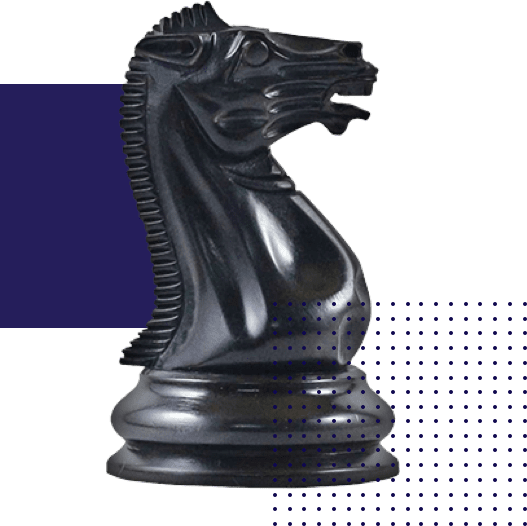APOGEE 99 – 1700% more impressions and 600% more clicks after migration
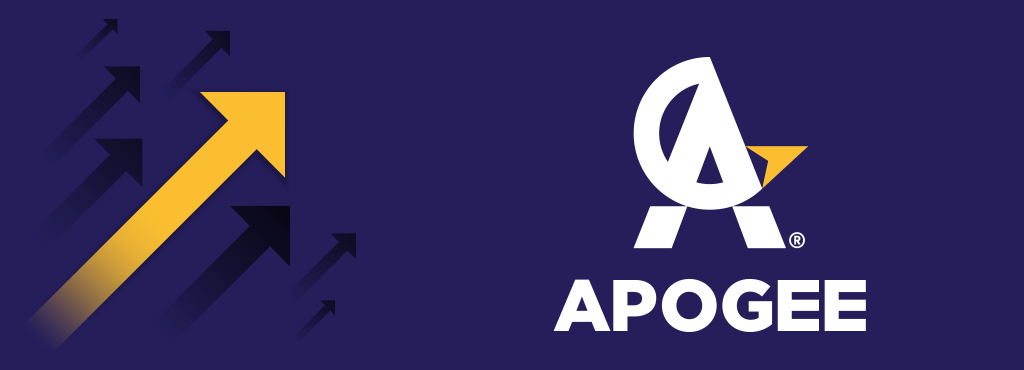
combined with redesign and migration to a new platform
Increase impressionsOver 1700%
Over 600%
Apogee 99 is a Bulgarian company established in 1991. Its scope of activity includes the import and distribution of refrigeration and air conditioning equipment, spare parts for household and industrial appliances, electric boilers, infrared and convector heating, electrical materials, etc.
The company offers more than 100 000 items from top manufacturers from Italy, Switzerland, Germany, China, Poland, Turkey, etc.
Apogee 99 operates in over 7 European countries and is one of the leading companies in the Bulgarian market for refrigeration and air conditioning equipment.
The challenge
The company contacted us for assistance in migrating the apogee99.com online store.
The main challenges were:
- Mixed content: For a long time, the site had only an HTTP version. HTTPS was only added last year before the migration. As a result, Google had primarily indexed the HTTP versions of the pages. The website’s case was that it had the wrong canonical tags. This led to the HTTP version of the site instead of the HTTPS version on which it actually loaded. Additionally, the HTTP version was redirecting to HTTPS, which created a vicious cycle for the bots.
- Migration between platforms: the site was on Zen Cart, and the client was planning to migrate to a custom platform.
- Site redesign: The new demo site had a completely new design and structure, which increased the risk of losing existing SEO settings and organic traffic.
- Indexing the new site: since Google was primarily indexing HTTP pages, it was important to ensure that HTTPS pages were quickly and correctly reindexed after the migration.
In this situation, there was a potential risk that information from the old site would not be migrated correctly to the new site.
Main steps
In order to conduct a SEO migration, we had to complete several important tasks.
1. Technical audit of the current site and recommendations for technical tasks before migration
The first step was to audit the current site. This helped us find gaps in the pages that were currently being submitted to Google.
We found several issues that were important to resolve before migration:
- Pages with 4XX status – by fixing the pages with internal errors, we eliminated the possibility of them being migrated to the new site.
- Canonical tags – we found that both HTTP and HTTPS versions of pages had self-canonical tags, which resulted in the HTTP version being the main indexed version and caused duplicate content. To avoid creating unnecessary re-indexations before the migration, we decided to fix this problem immediately after the migration by making the HTTP version canonical to the HTTPS version. This way, we now have only one main version on each page.
- Pages with mixed content, non-SEO friendly URLs, issues with metadata, Schema markup and more.
After we defined the main technical problems of the site, we had a meeting with the client. Together with him and the website developer, we clarified the issues and their implementation priority.
During the meeting, we discussed another main topic, namely how to proceed with the website redirection – whether to keep the old addresses or create new ones. Once we established that new addresses would be created, we discussed in detail exactly how to plan the process to ensure there would be no undiscovered pages.
After the meeting, we created a file for the client’s convenience in which each individual task was described in detail, along with instructions for completion, priority and status.
2. Technical audit of the staging site and recommendations on technical tasks
In this stage, we performed an audit of the demo version of the new site.
We checked again for the same bugs as the old site, here the focus was on the following issues:
- Whether the site was hidden to Google and other bots;
- Whether the important tasks that we described for the current version of the site were completed in the demo version of the website;
- Whether the tasks with lower priority were completed.
This allowed us to ensure that the new version of the site was in a better technical state so that it could recover its ranking in the SERP as quickly as possible.
The graph below shows the difference in clicks and impressions the site is getting organically from Google: oogle.
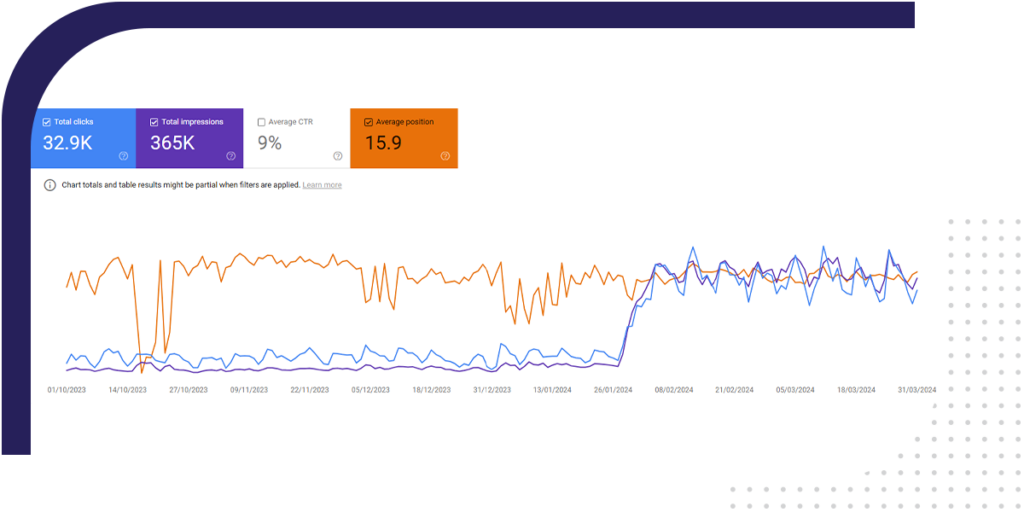
3. Monitoring of the tasks
After the Staging version audit, we planned the monitoring phase. This is an ongoing, recurring process with the client.
We updated the tasks and submitted additional information to the client when needed to complete any of the tasks.
4. Technical audit of the new version
After the migration of the new site, we did another full technical audit to have a final overview of the technical state of the new, already live, version.
We checked if all SEO recommendations were followed during the migration – if the site was enabled for indexing, if the redirects were made, etc.
Additionally, we performed technical monitoring of the implementation of the highest-priority tasks that were scheduled immediately after the migration.
Instruments that we used
Our team used several key tools to perform the migration tasks, specifically to analyze and monitor the technical part of the site.
Screaming frog
We have performed a full technical audit of all three versions of the site as the tool was used to fully scan and analyse the technical state of the site for SEO purposes.
Google Search Console
We used GSC to check for non-indexed pages and their causes so we could prevent them on the new site.
This is how we discovered that Google indexes mostly the HTTP version of the site. The two versions (HTTP and HTTPS) have SELF-canonicals to themselves and, therefore, create duplicate content.
We then used this tool to track the performance of the site after the migration and check that it performed as we expected.
Results achieved
After the migration to the new site on 20.01.2024, the visibility and organic traffic to the HTTPS version of the site not only recovered but also the traffic from the HTTP version was redirected.
After the migration, clicks and impressions had a huge increase over the pre-migration numbers:ията:
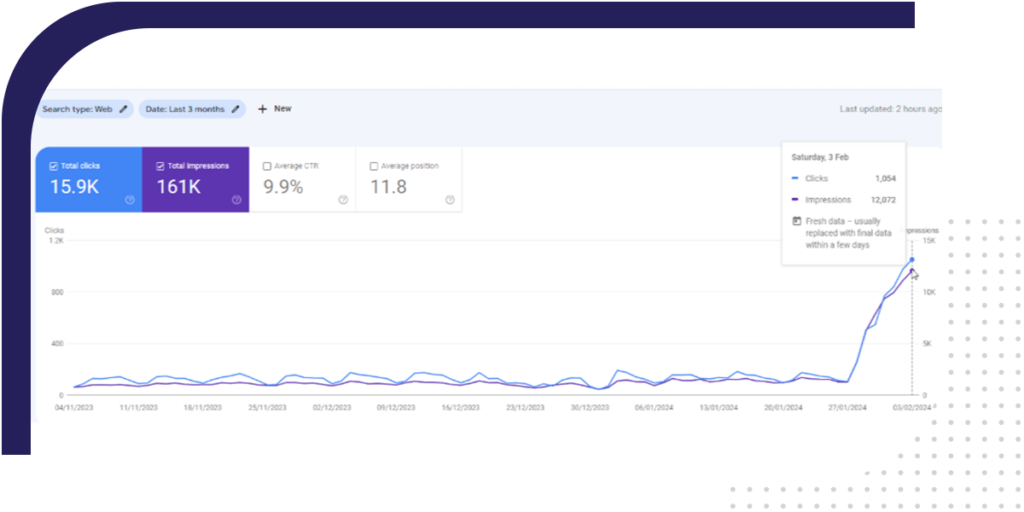
When comparing the last 3 months (15.10.2024 – 14.01.2025 compared to 15.10.2023 – 14.01.2024), we can see that clicks have increased more than 7 times and impressions – more than 18 times.
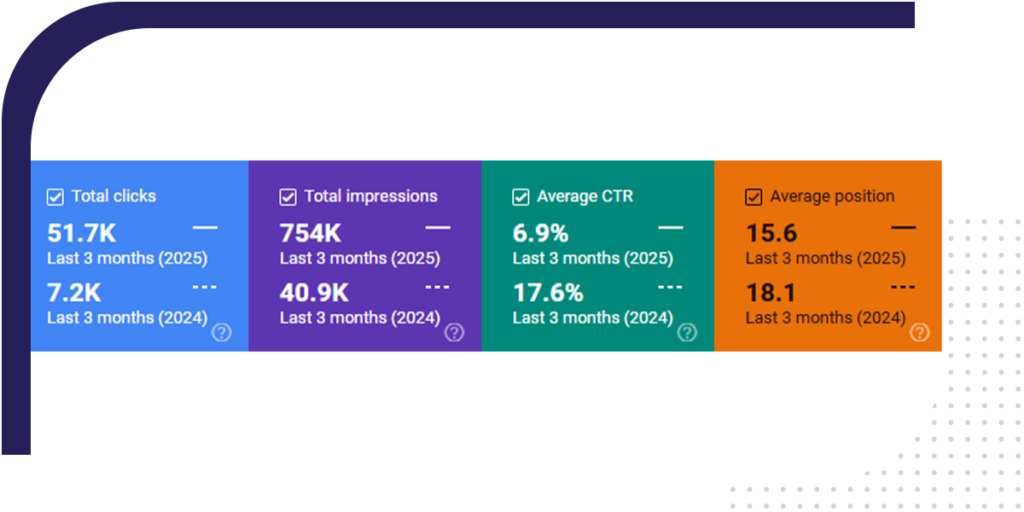
Here, we can see the metrics for the last month before the migration and the HTTP version, which was then the main indexed.
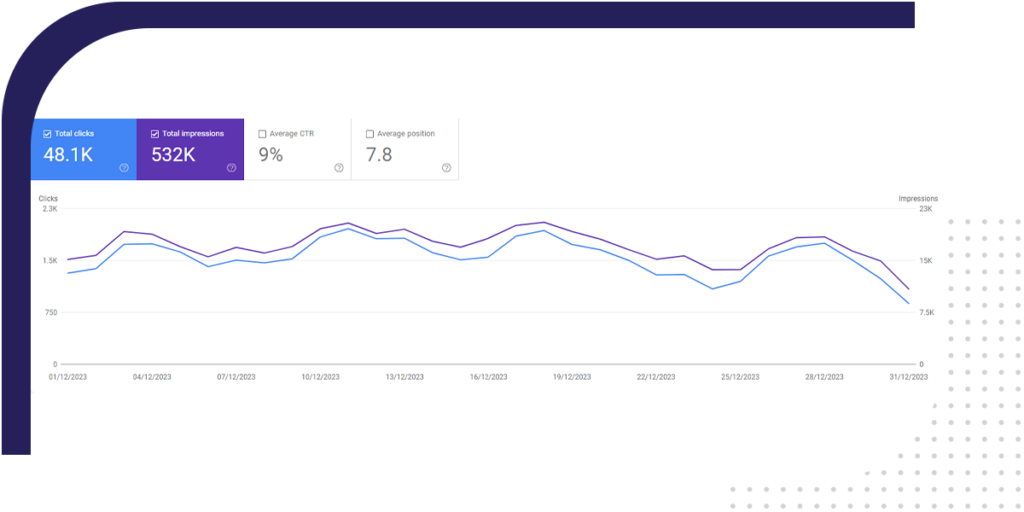
The following screenshot shows the data for the same period one year after the migration of the new website version.
As you can see, the new version had about a 15% increase in clicks and a 4% increase in impressions.
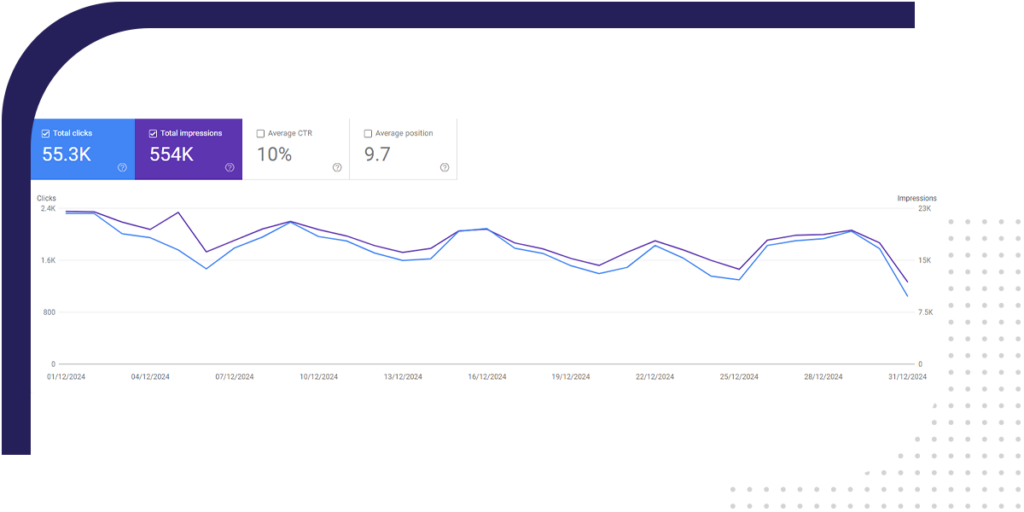
From the submitted pages in XML, 86% of those pages were indexed in less than a week (the XML was not submitted on the day of the migration), as shown in the graph:
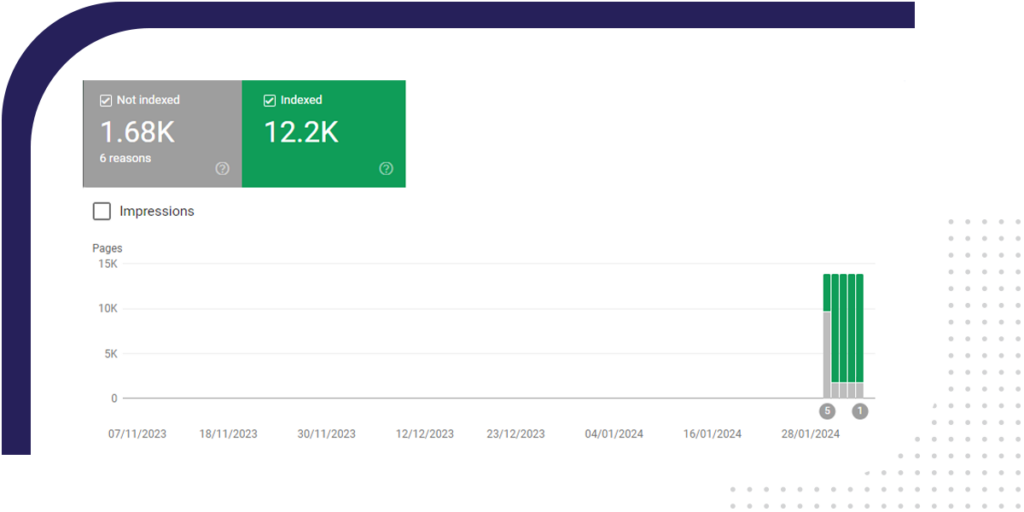
Conclusion:
After the migration, the website of Apogee 99 started to grow in all key metrics – clicks, indexed pages, and traffic. Monitoring shows that these trends are sustainable and the project is more than successfully developing.
